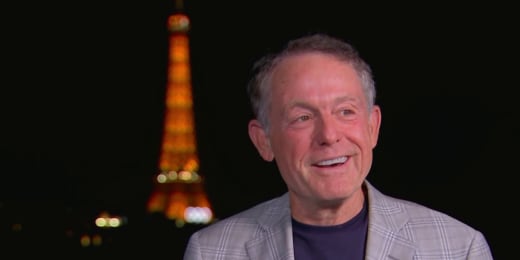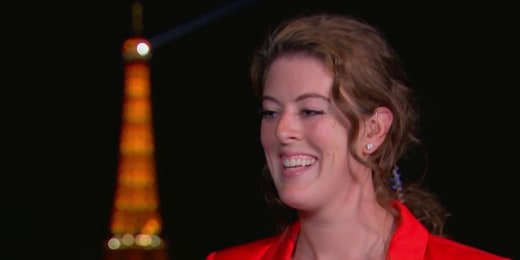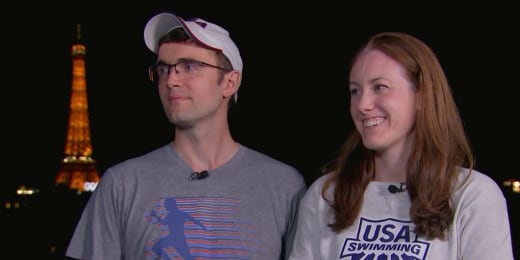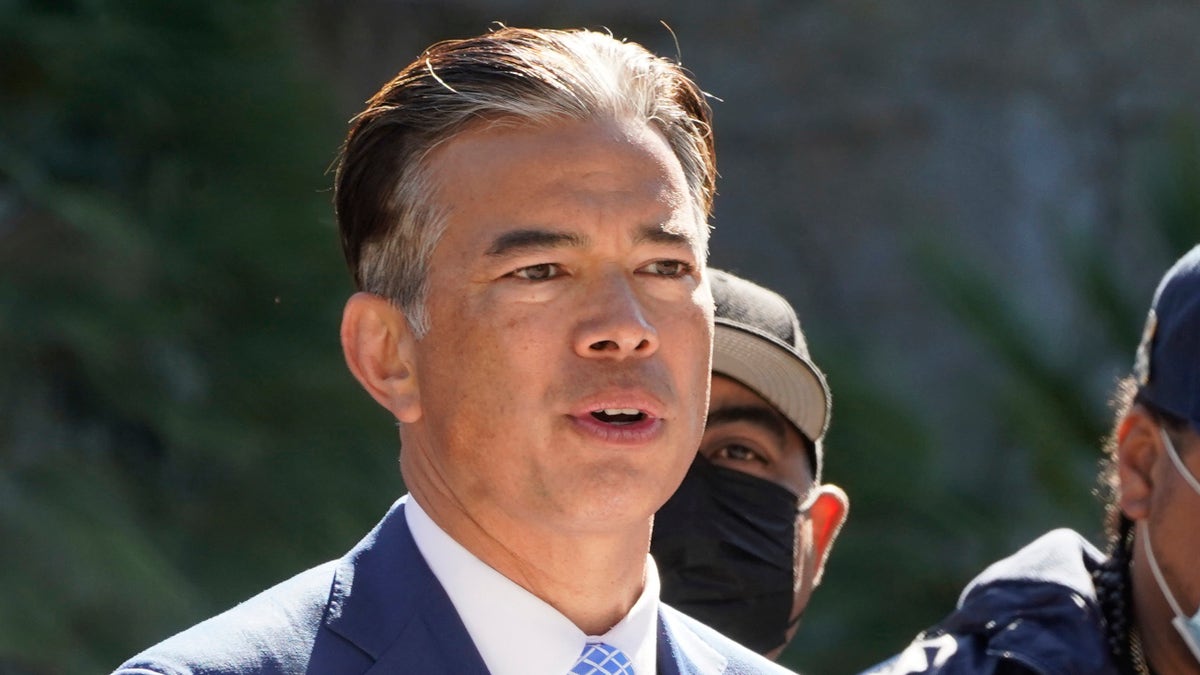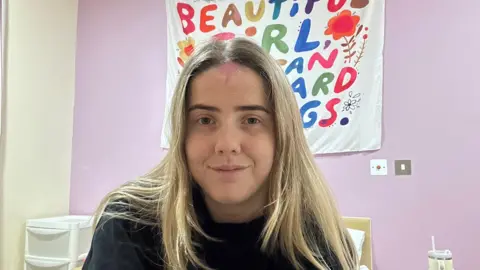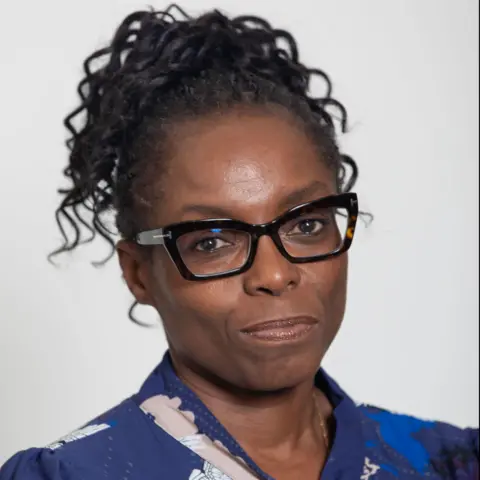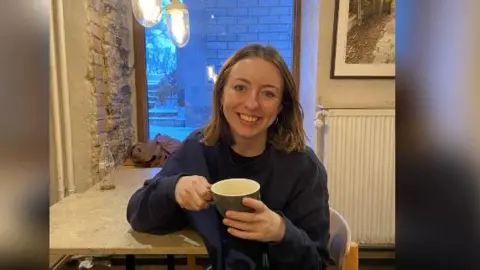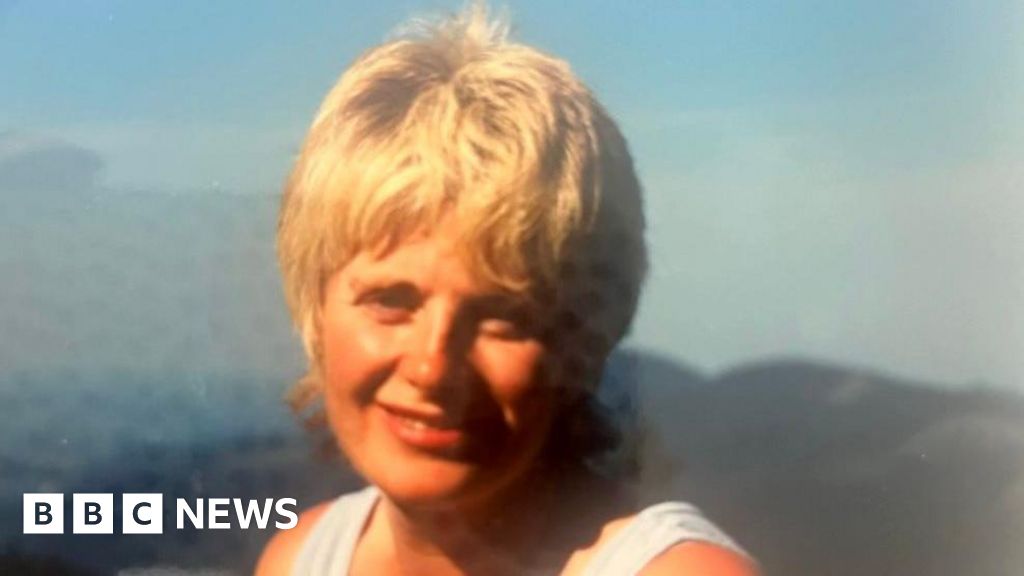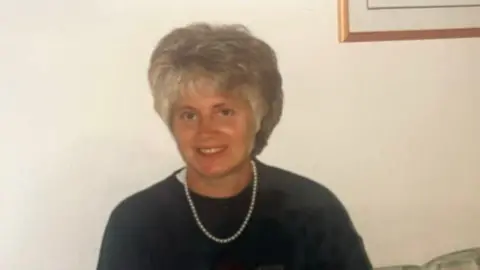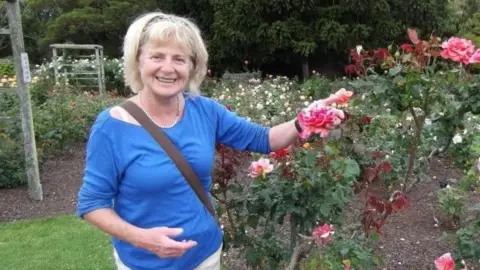 Science & Environment
Science & Environment
LPG Cylinder Rates Hiked From Today, August 1– Check…
New Delhi: Oil marketing companies (OMCs) today (August 1 2024) announced hike in the prices of 19 KG commercial LPG gas cylinders by Rs 6.50 per bottle of cyliner with immediate effect.
After today’s price hike, the retail sales a 19 kg commercial LPG cylinder would cost Rs 1652.50 in Delhi. The price hike comes after two consequtive reductions, as OMCs had slashed the price of 19 Kg Commercial LPG Cylinder last two months.
In July, OMCs had announced reduction in the prices of 19 KG commercial LPG gas cylinders by Rs 30.
Here Is How Much You Need To Pay For Per Bottle Of 19 Kg Commercial LPG Cylinder From August 1 In Metros
| Metros | Prices |
|---|---|
| Delhi | Rs 1,652.50 |
| Mumbai | Rs 1,605 |
| Kolkata | Rs 1,764.50 |
| Chennai | Rs 1,817 |
However, the prices of domestic LPG cylinders will remain unchanged. It is important to note that monthly revisions for both commercial and domestic LPG cylinders typically occur on the first day of each month.
You can also click Indane official website to check rates of LPG Cylinders in various cities.
Domestic cooking gas prices vary from state to state due to local taxes, and the last revision in domestic cylinder prices occurred on March 1 this year.






